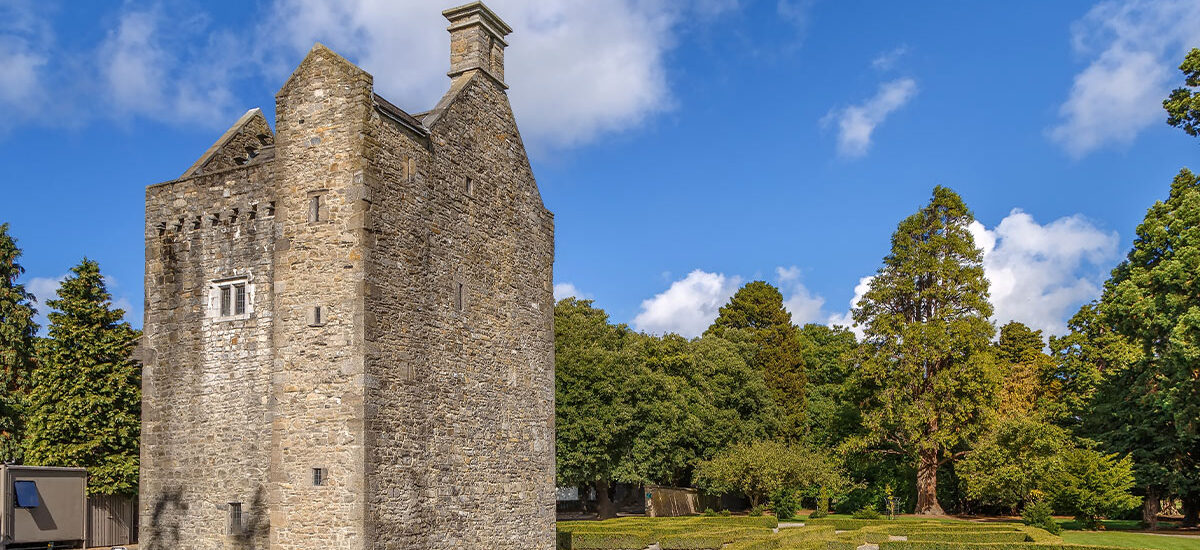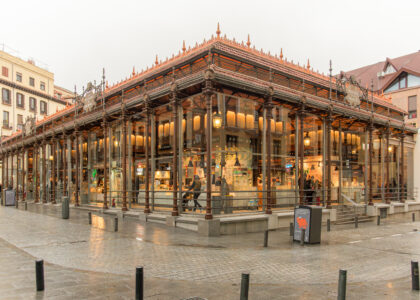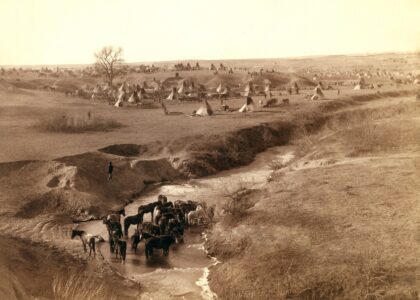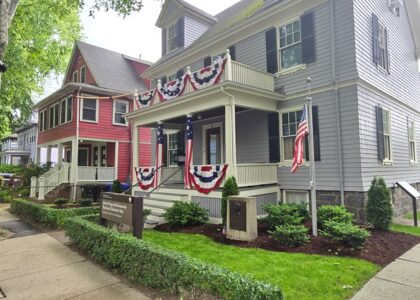Welcome to The Legacy of Ashtown Castle, a remarkable site that sits within the vast and historically rich Phoenix Park in Dublin, Ireland. As you explore this area, let us journey back in time to unravel the fascinating history of this lesser-known yet significant landmark.
The origins of Ashtown Castle trace back to the late 15th century. Initially built as a fortified house, it was part of a series of defensive structures erected during a period of significant unrest in Ireland. Its thick walls and narrow windows are typical of the defensive architecture of the time, designed to withstand attacks and protect its inhabitants.
In the 17th century, the castle came into the hands of the Duke of Ormond, James Butler, who played a pivotal role in transforming this area into what we now know as Phoenix Park. He established the park as a Royal Deer Park, enclosing it with walls to protect the wildlife and creating a recreational space for the nobility.
Fast forward to the 18th century, Ashtown Castle became a residence for various notable figures, including high-ranking officials and military personnel. One of its most notable residents was Lord Chesterfield, the Lord Lieutenant of Ireland, who in 1747 made the bold decision to open Phoenix Park to the public, a move that transformed it into a cherished public space.
During the 19th century, the castle underwent significant renovations and was integrated into the larger Ashtown Lodge, serving as the residence of the Under Secretary for Ireland. This period marked the castle’s transition from a defensive stronghold to a more domestic and governmental role, reflecting the changing political landscape of Ireland.
In the broader historical context, Ashtown Castle stands as a testament to the various phases of Irish history, from medieval conflicts to colonial administration, and eventually to its role in the modern era as part of a beloved public park.
As you walk through its grounds, imagine the stories of those who lived and worked here, the decisions that shaped the region, and the cultural significance it holds today. Whether you’re a history enthusiast or a casual visitor, the legacy of Ashtown Castle offers a unique glimpse into Ireland’s rich past.






